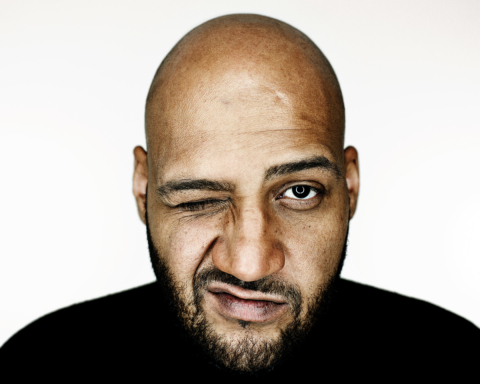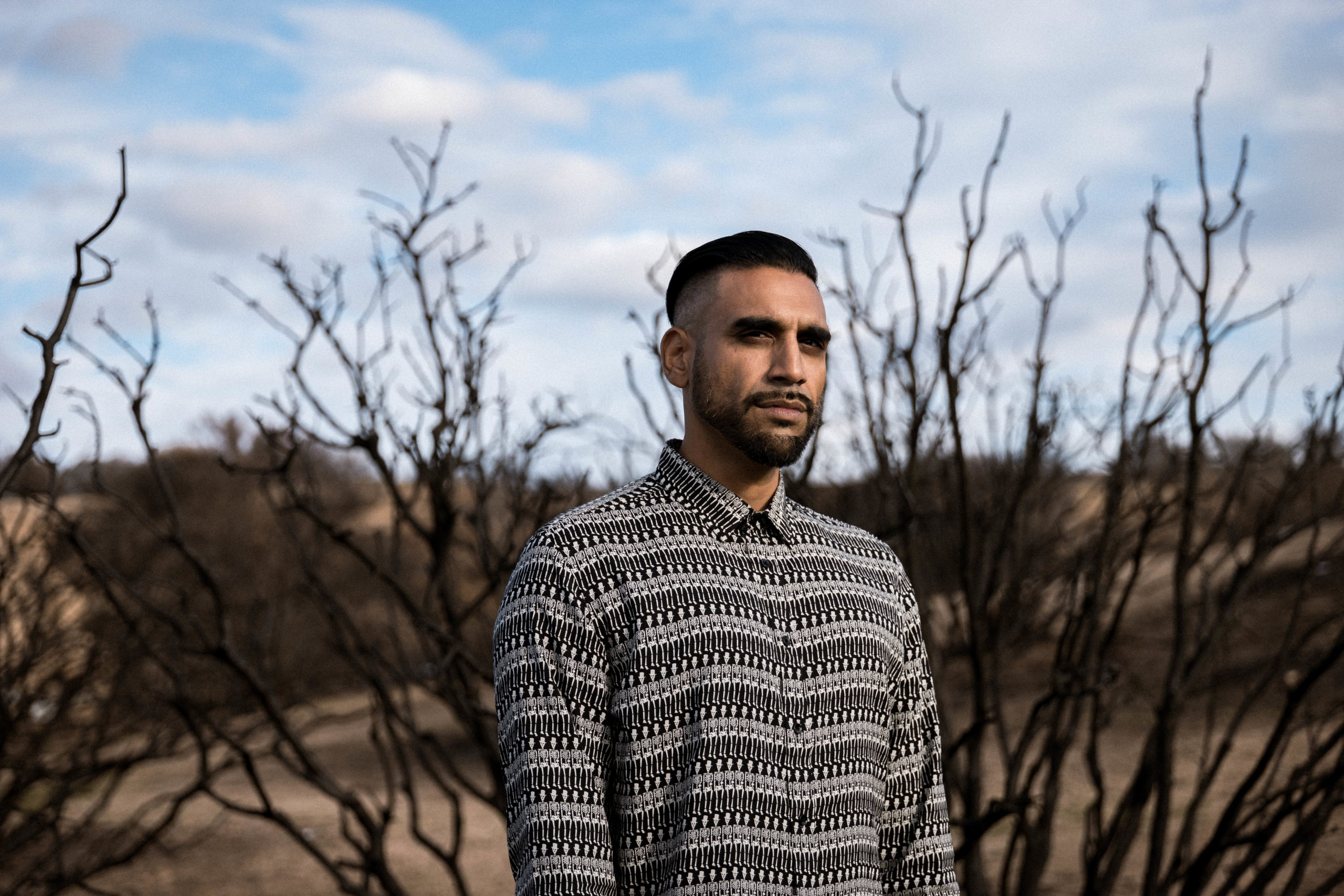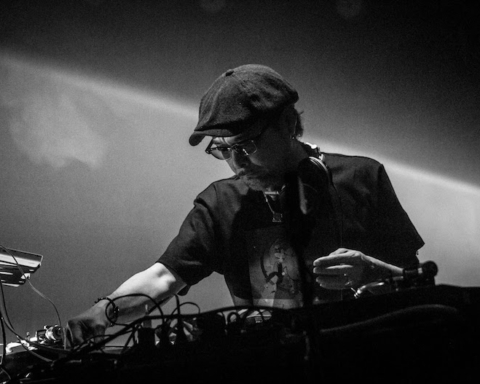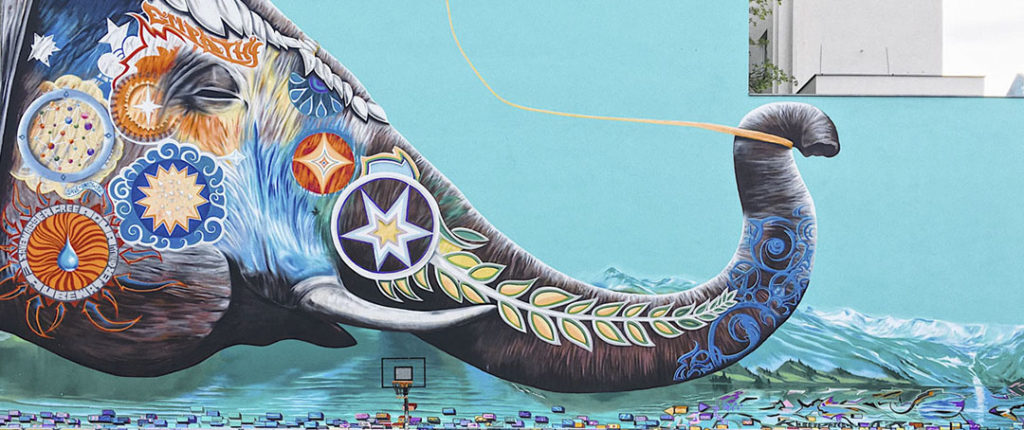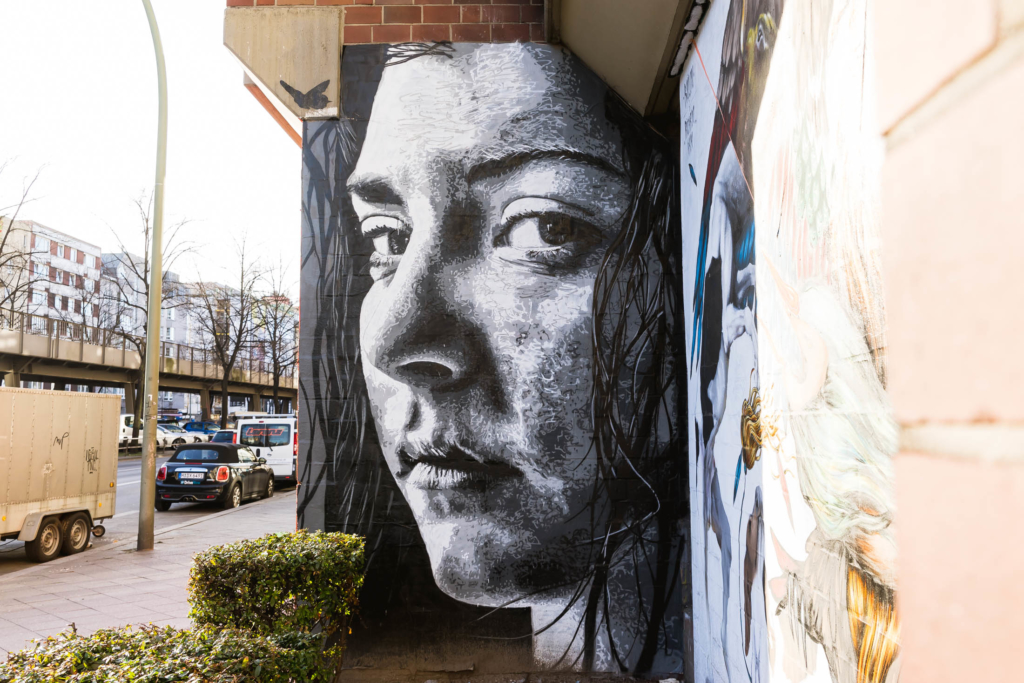Eine Design-Schule genannt “Bauhaus”. Vor dem Ersten Weltkrieg ging es in Dessau los. Bis heute wegweisend. Das Haus der Kulturen der Welt erzählt bis 10. Juni die Geschichte des Bauhauses. In der Ausstellung “bauhaus imaginista”.
Avantgarde
Als Deutschland einen Kaiser hatte, kamen sie auf radikal neue Ideen. Die Lehrer und Schüler des Bauhaus: sie erfanden das Design von morgen. Das prägt unseren Alltag bis heute. Gebäude, Produkte oder Kunst: Das Bauhaus ist ein Mythos. Zwar gab es die Kunstschule nur 14 Jahre, nebenbei: Walter Gropius hatte sie gegründet. Nur von 1919 bis 1933 bestand das Bauhaus. Und entwickelte sich in dieser kurzen Zeit zur weltweiten Avantgarde. Mit beispiellosem Einfluss. Auf Architektur, Kunst und Design des ganzen 20. Jahrhunderts. Zum Bauhaus-Jubiläum bietet das Haus der Kulturen der Welt (HKW) ein dickes Programm. Konkret: es gibt eine Ausstellung und Konferenzen.
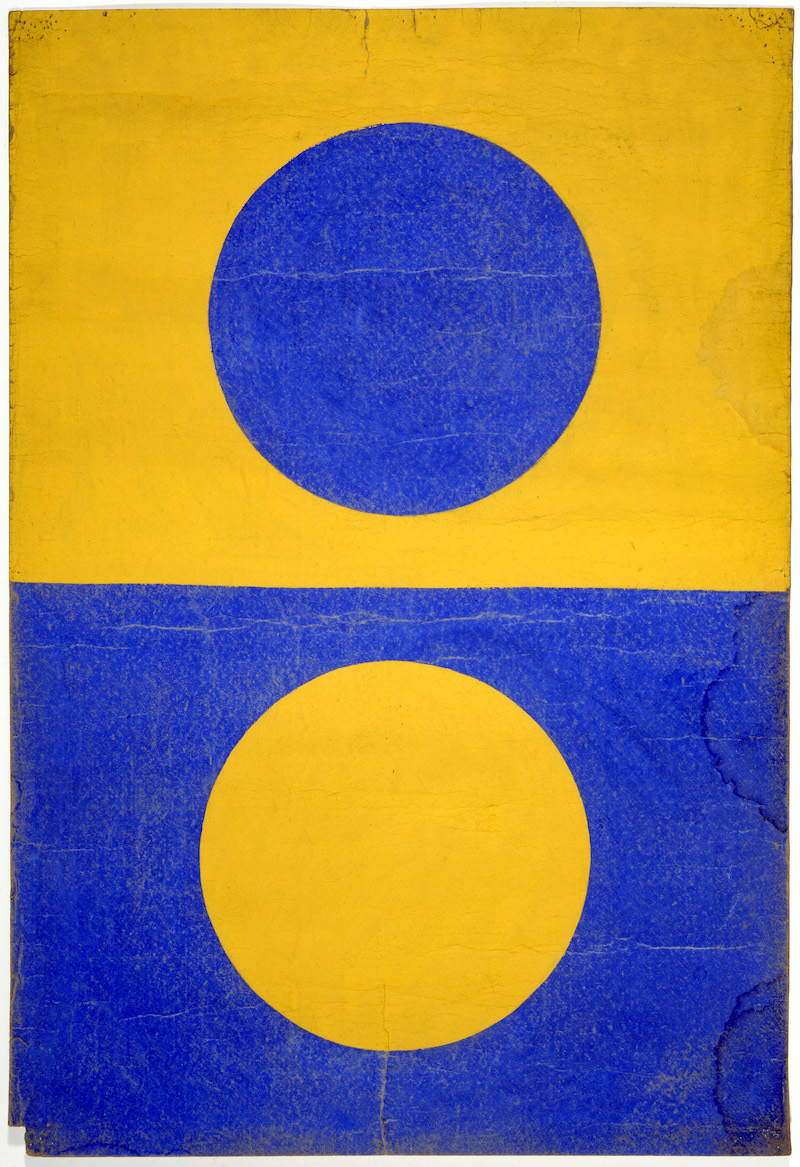
imaginista!
“bauhaus imaginista” ist zu sehen bis 10. Juni. Im Fokus steht die internationale Bedeutung des Bauhauses. Und die reicht weit über die Zeit der Schule bis 1933 hinaus. Am 14. März wird die Ausstellung im Haus der Kulturen eröffnet. Im Foyer gibt es Donnerstagabend eine Performance mit Farben und Licht. Eine Rekonstruktion des “Lichtapparat”. Den nämlich zeigte Bauhaus-Student Kurt Schwerdtfeger 1922 in Vassily Kandinskys Wohnung das erste Mal. Nach der Show gibt es in der Hirschfeld Bar im HKW eine Party mit zwei DJs und Visuals. Krass.
Als Deutschland einen Kaiser hatte, kamen sie auf völlig neue Ideen. Sie entwarfen das Design von morgen
Voll global
Die Ausstellung erzählt die Geschichte des Bauhauses in vier Kapiteln. Noch nie wurden die globalen Auswirkungen in dieser Form gezeigt. Nach Ausstellungen, Symposien und Workshops in Hangzhou, Kyoto und Tokyo, Saõ Paulo, Lagos, Delhi, New York sowie Moskau, zeigt das HKW alle vier Kapitel des Ausstellungs- und Forschungsprojekts. Auf stolzen 2000 Quadratmetern, mit historischen Objekten und neuen Auftragsarbeiten. Von Kader Attia, Luca Frei, Wendelien van Oldenborgh, The Otolith Group, Alice Creischer, Doreen Mende, Paulo Tavares und Zvi Efrat.
Popkultur
Zwei Konferenzen zeigen das kritische Potenzial des Bauhauses heute: “political imaginista” diskutiert am 16. März Strategien des Widerstands gegen die neue Rechte. Nämlich Fragen zu Internationalismus, kultureller Aneignung und der Politisierung von Kunst, Technologie und Popkultur. Eine Konferenz im Mai beleuchtet außerdem die Bedeutung des Bauhauses für die Entwicklung von Pädagogik. Lohnt sich.
bauhaus imaginista” | Haus der Kulturen der Welt
bis 10. Juni, 11:00 – 19:00 (außer Dienstag)
John-Foster-Dulles-Allee 10
10557 Berlin
Hier erfährst Du mehr über die Veranstaltungen.
englisch version:
A design school from Dessau called “Bauhaus”. It all started before the First World War. To this day, their ideas are groundbreaking. The House of World Cultures tells the story of the Bauhaus until June 10th. In the exhibition “bauhaus imaginista”. When Germany had an emperor, they came up with radically new ideas. And created the design of tomorrow. These ideas shape our everyday life until today. Be it buildings, products or art. It is true: the Bauhaus is a myth. Although the art school was only 14 years old, by the way: Walter Gropius had founded it. Only from 1919 to 1933 was the Bauhaus. And developed into the avant-garde in this short time. With unparalleled influence. On architecture, art and design of the entire 20th century. For the Bauhaus anniversary, the House of World Cultures (HKW) offers a thick program. Specifically: there is an exhibition and conferences. “bauhaus imaginista” can be seen until June 10th. The focus is on the international significance of the Bauhaus. And that goes far beyond the time of the school until 1933. On March 14, the exhibition will be opened in the House of Cultures. In the foyer there will be a performance on Thursday evening with colors and light. A reconstruction of the “light apparatus”. The Bauhaus student Kurt Schwerdtfeger exhibited in 1922 in Vassily Kandinsky’s apartment for the first time. After the show there will be a party with two DJs and visuals in the Hirschfeld Bar in HKW. Krass. The exhibition tells the history of the Bauhaus in four chapters. Never before have global effects been shown in this form. After exhibitions, symposia and workshops in Hangzhou, Kyoto and Tokyo, Sao Paulo, Lagos, Delhi, New York and Moscow, the HKW shows all four chapters of the exhibition and research project. On proud 2000 square meters, with historical objects and new commissioned works. From Kader Attia, Luca Frei, Wendelien van Oldenborgh, The Otolith Group, Alice Creischer, Doreen Mende, Paulo Tavares and Zvi Efrat. Two conferences show the critical potential of the Bauhaus today: “political imaginista” discusses strategies of resistance to the new right on 16 March. Namely questions about internationalism, cultural appropriation and the politicization of art, technology and pop culture. A conference in May also highlights the importance of the Bauhaus for the development of education. It’s worth it.
Foto: © Promo:Arieh Sharon digital archive




